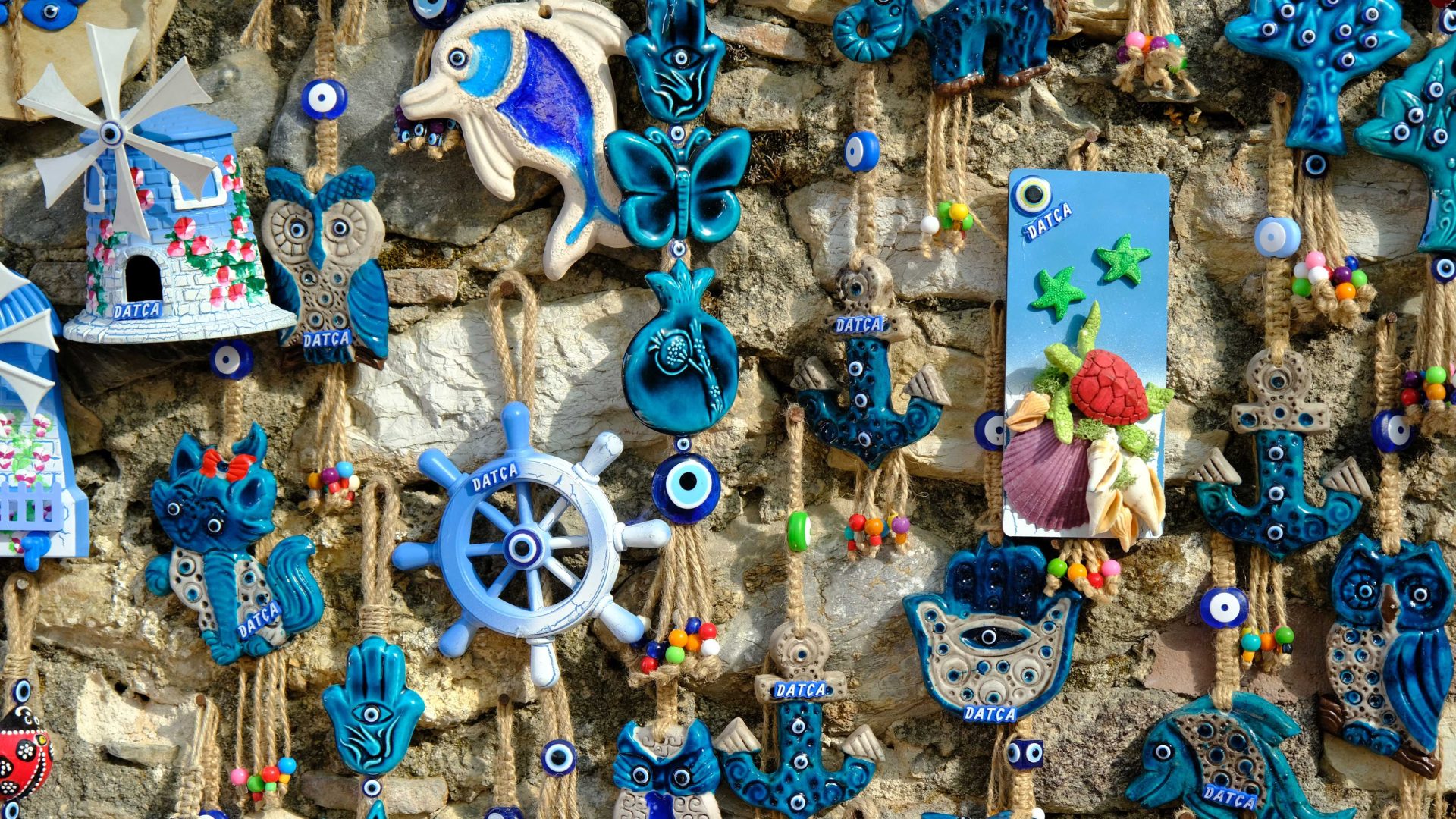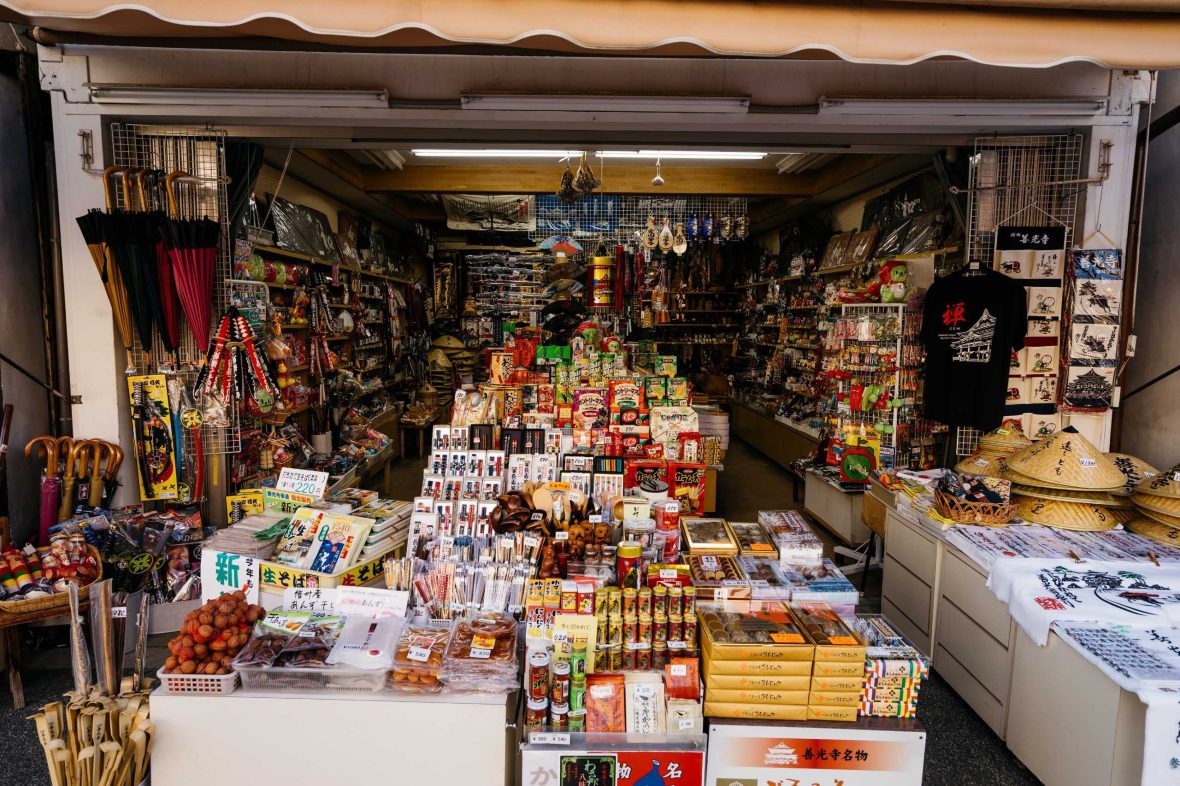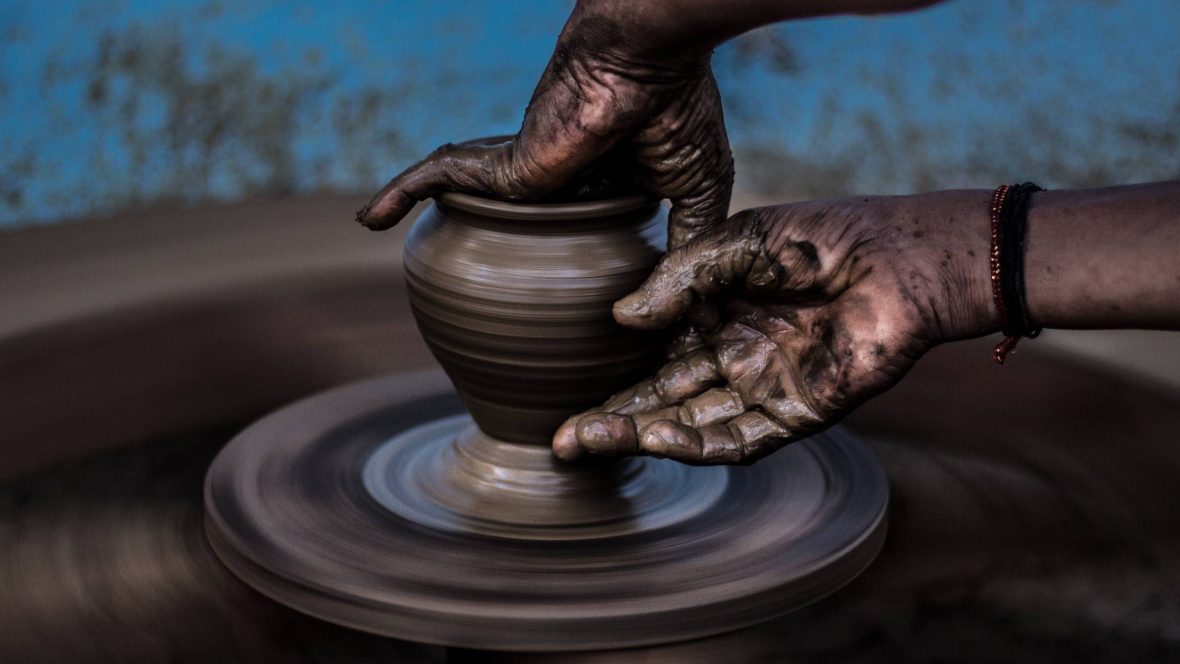Before the digital era, people purchased souvenirs to remind themselves of where they had been and what they had seen, and to serve as evidence of these travels to those who stayed home.
These desires can now be satisfied instantly with a post to Instagram or TikTok, and perhaps more effectively, too. More people are likely to see your posts about holidaying in Greece than will have the opportunity to examine the miniature model of the Acropolis gathering dust on your bookshelf.
While posts, reels, stories and videos shared online may replace the purchasing of physical souvenirs for many people, it seems unlikely knick-knacks and mementos will disappear altogether. The roaring trade in souvenirs commemorating Queen Elizabeth II shows people still feel the need to mark momentous occasions by purchasing t-shirts, mugs, postcards and other memorabilia.
While such items may have a practical use in the kitchen or as everyday clothing, there are many who value these objects as modern-day relics, and who treat them as priceless artifacts to be seen but not touched.
______
This article is republished from The Conversation under a Creative Commons license. Read the original article.














